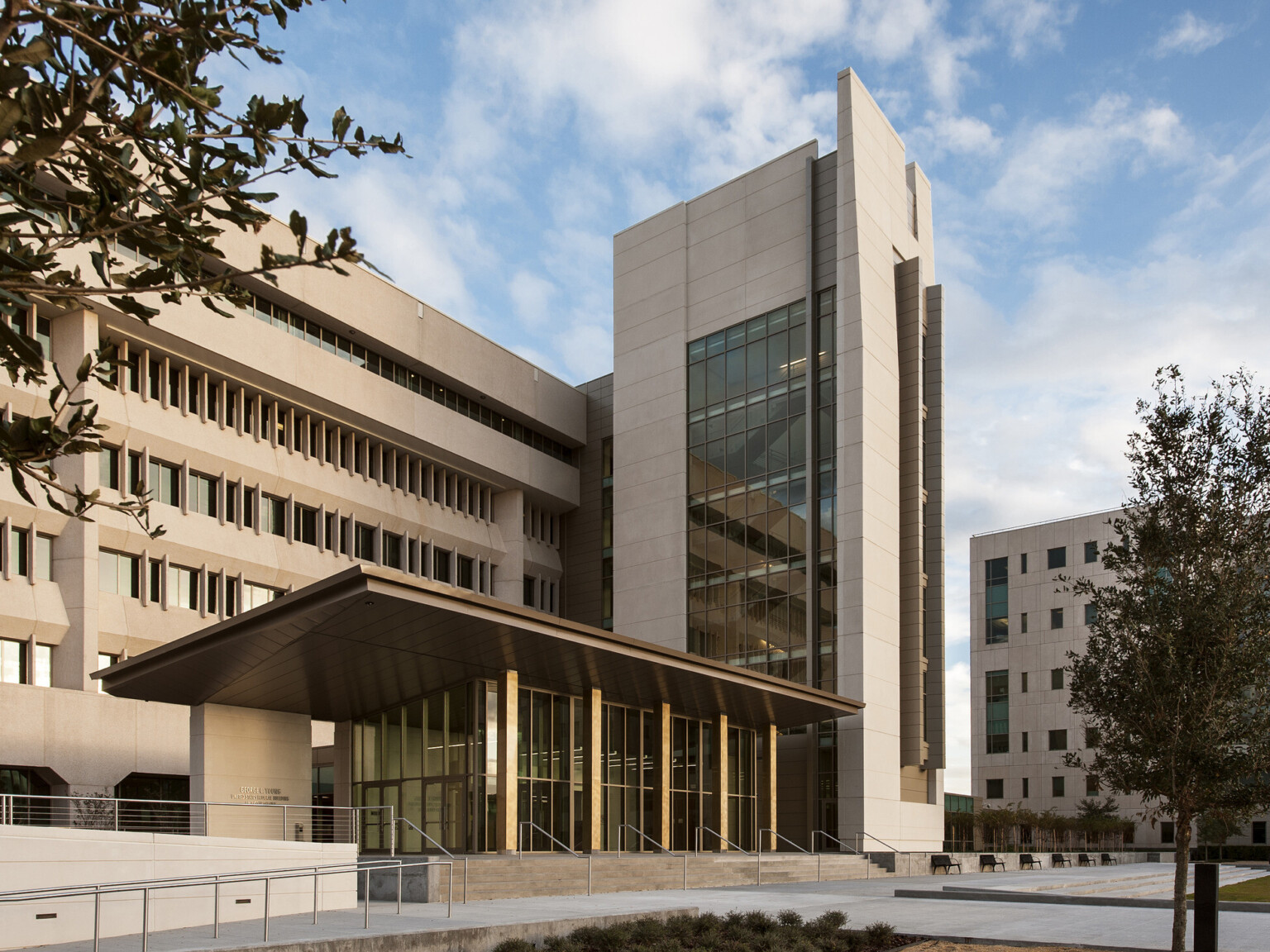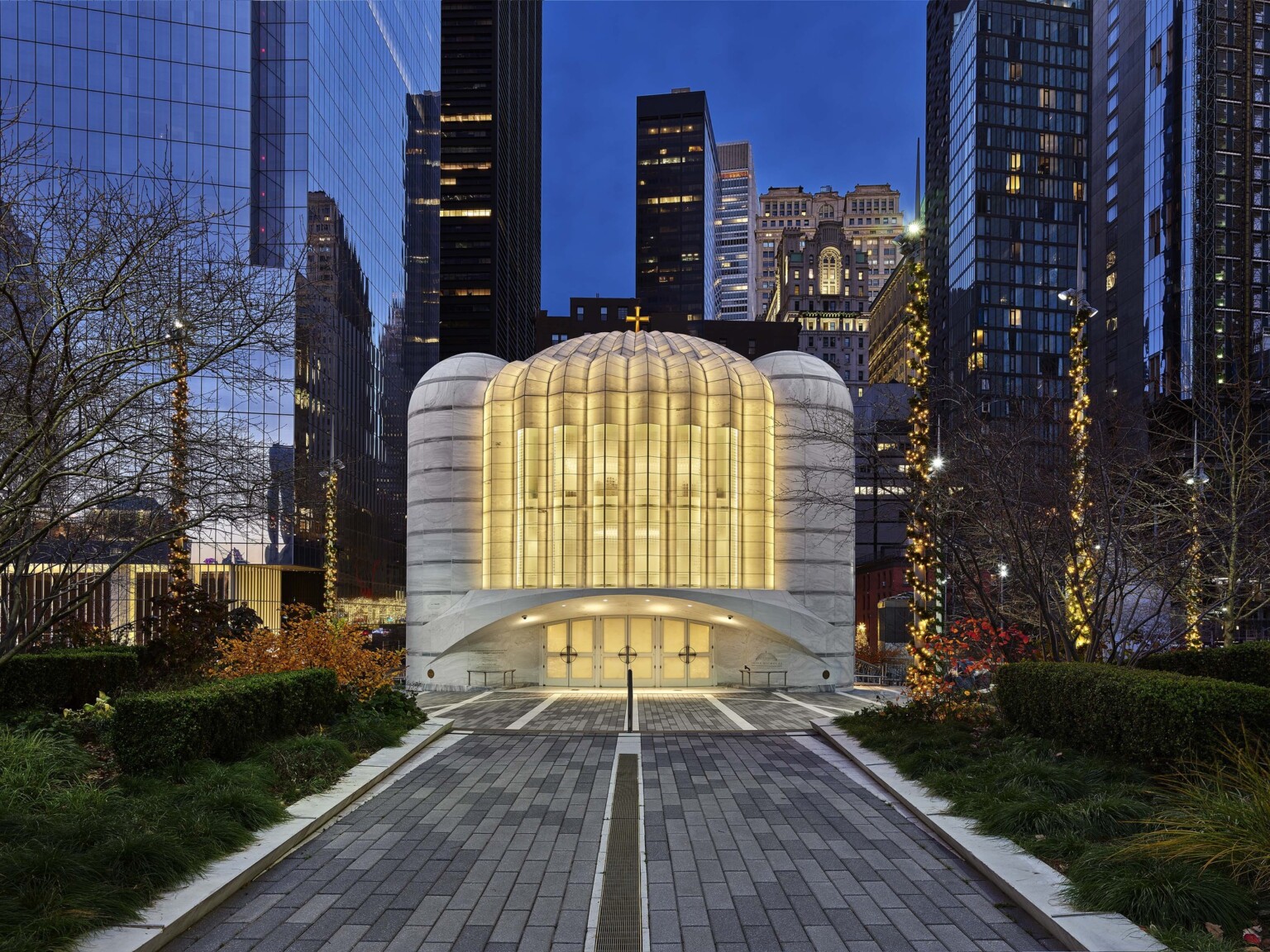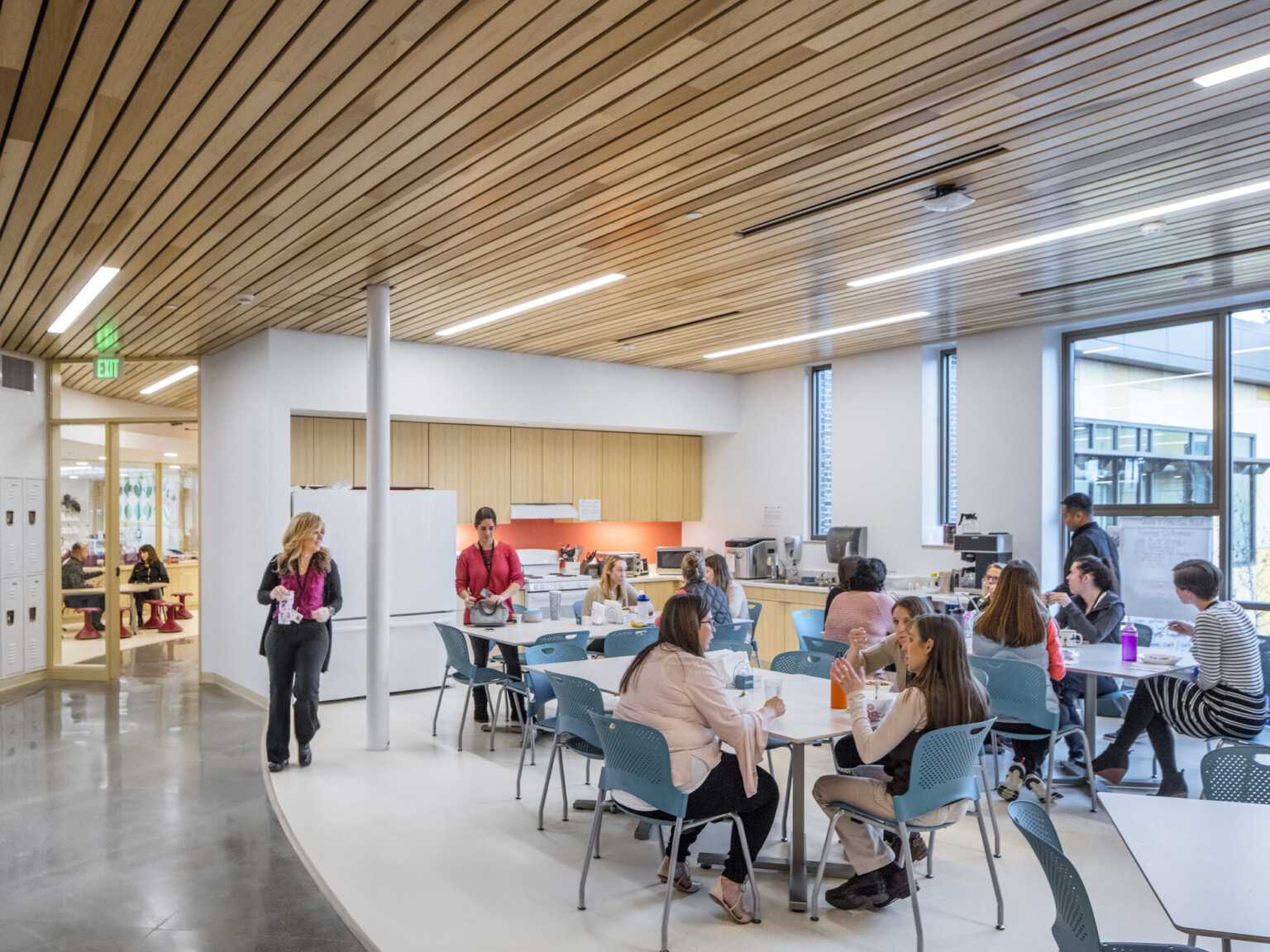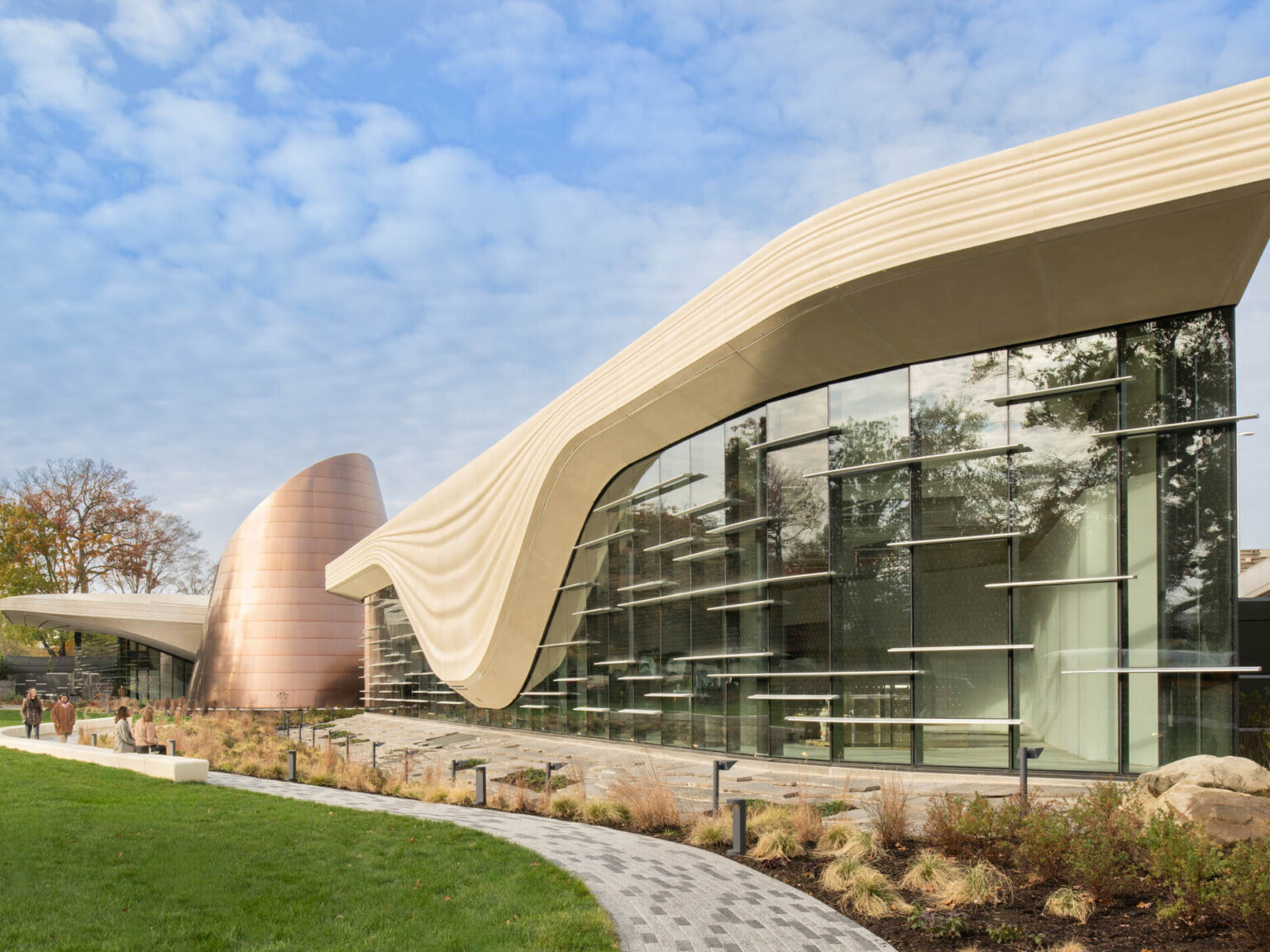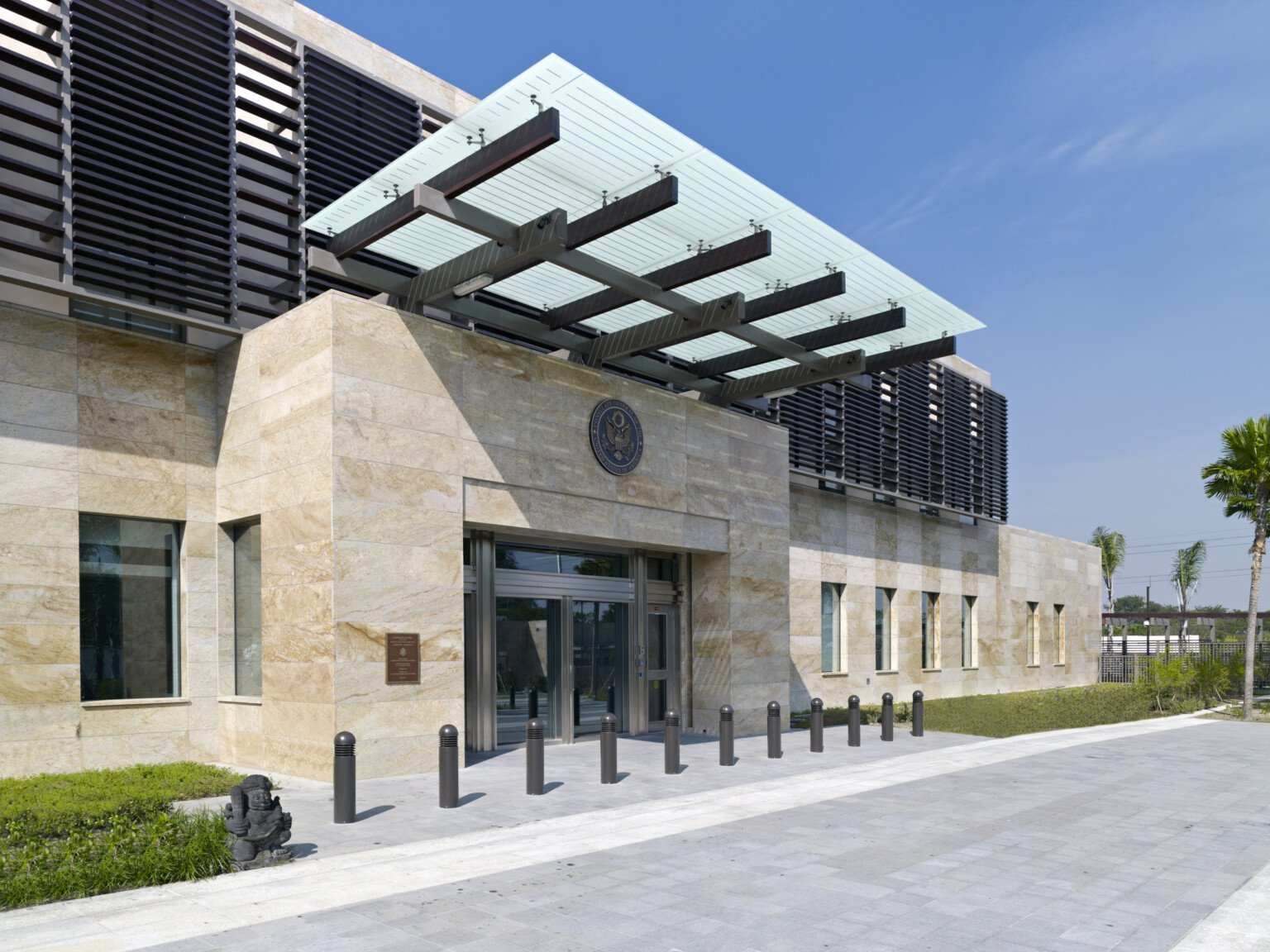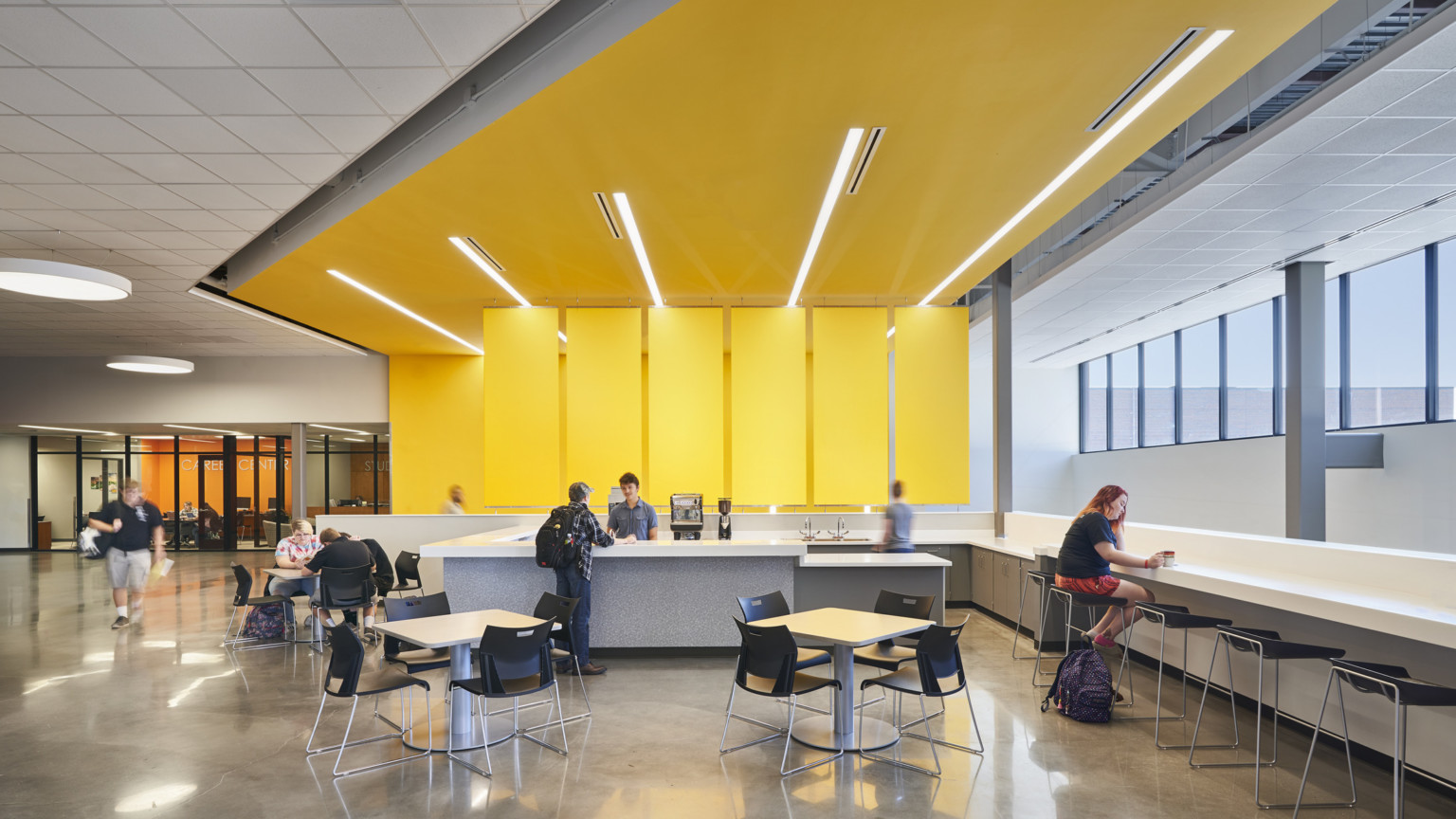
Designing the K-12 Education Environment for Fall 2020 and Beyond
Looking to fall 2020, administrators are searching for recommendations as they prepare to reinstate in-person learning, a homecoming that students say is welcome. Student comments from the survey confirm they want to return to their classrooms and experience the face-to-face interactions they cherished pre-pandemic. Although some degree of learning inside the classroom will likely occur this fall, the educational landscape will be undeniably different. And while the immediate challenge is accommodating local and national mandates or guidelines, especially related to social distancing, districts must weigh decisions without hindering the learning experience and reverting to the industrial age model. Over the past few decades designers and educators have partnered to create more collaborative and hands-on learning activities – the type of learning that is not conducive in a classroom arranged by rows of desks all facing forward.
From our conversations with school leaders, educators, and students, we identified four facets of the learning environment that could be modified in the short-term, including furniture, space, technology, and health and wellness. We’ve envisioned what a classroom can look like with the existing equipment and furniture inventory, or with simple modifications. While each can be measured as a stand-alone element, the four components working in tandem can support teaching and learning in a healthy and progressive manner this fall and beyond.
Space
Flexible facilities that support a variety of spatial arrangements – from the classroom to hub areas to the commons and gymnasiums – provide options for schools to respond to the daily needs of students and educators. Separating the classroom into four quadrants gives students the ability to work alone or in teams and allows for more pinpointed tracing if illness occurs. Designating zones inside the classroom also support various pedagogies, including individual and group work. Space-opening pieces, such as sliding walls or folding panel partitions, provide adaptability for a future-ready learning environment and increase efficiency within the existing school by activating unused classroom or commons space.
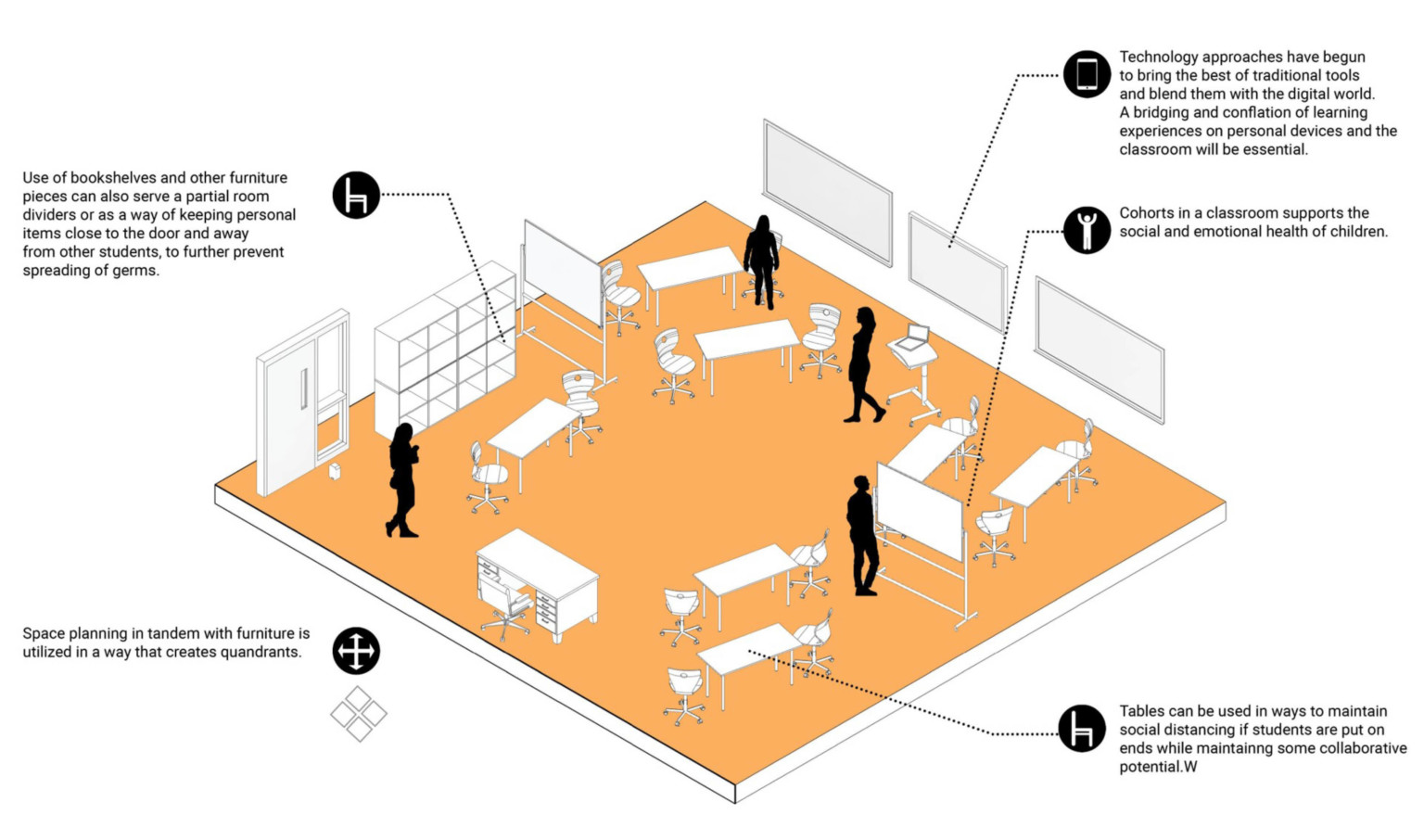
Furniture
Incorporating adaptable furniture inherently creates separation within the classroom and can be used for a variety of scenarios such as individual or group instruction. A few mobile examples are marker boards, chairs, and desks on wheels, all which can easily be moved to accommodate learning in the moment. Other furniture options include bookshelves that serve as partial room dividers and function as storage for personal belongings close to the door to reduce transmission, and six-foot tables that support social distancing requirements while maintaining collaborative activities. Schools can creatively repurpose existing furniture pieces to support learners and comply with local mandates inside the classroom.
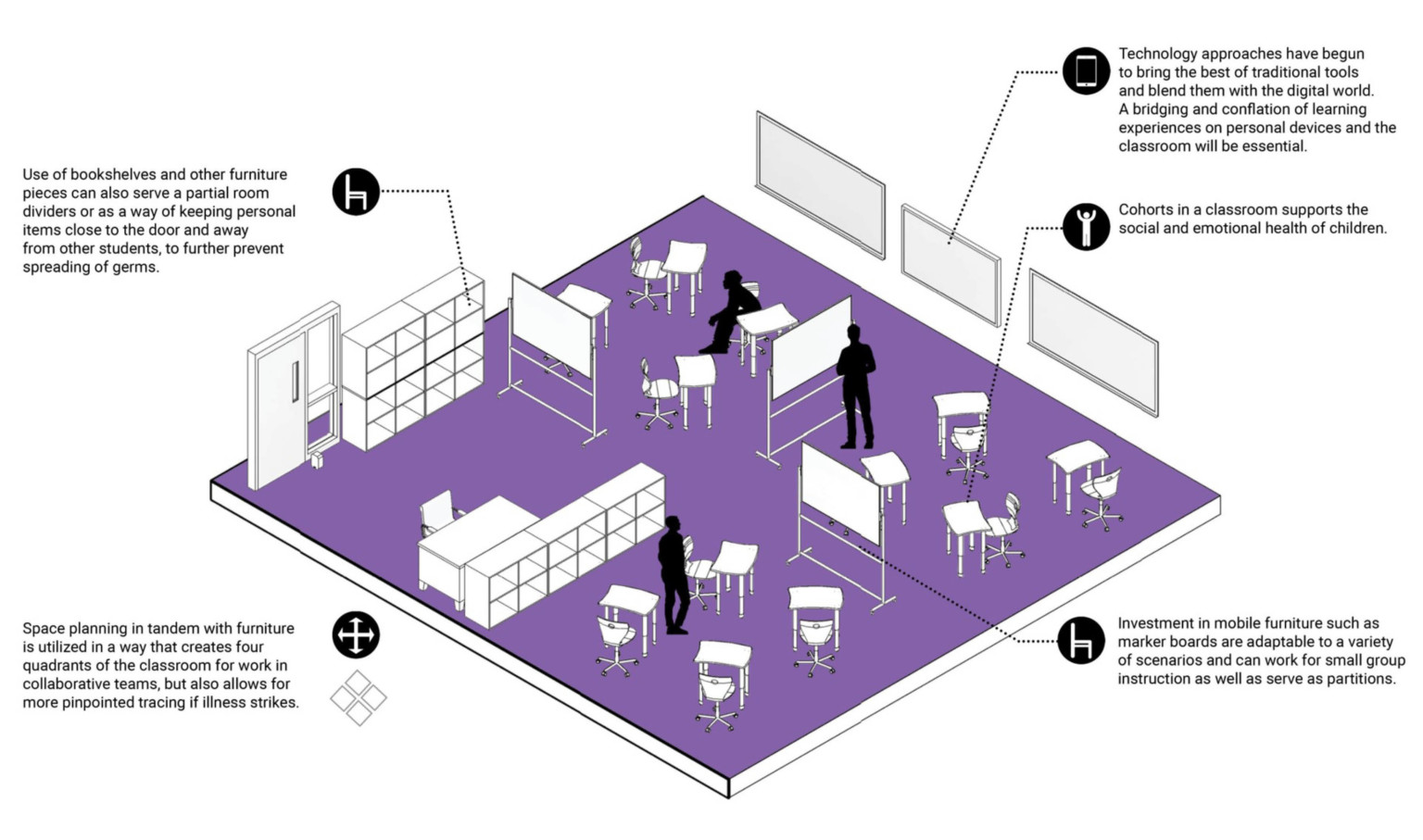
Technology
The adoption of technology as a teaching tool will be essential, especially for schools that opt for a hybrid approach to learning that blends in-person with remote instruction. Technology, such as personal or school-issued devices, smart boards, and other applications are tools for small group enrichment and whole class instruction. Integrating classroom-scale technology, like a mobile laptop cart, in addition to personal devices is not only integral to future-ready learning, it can also increase efficiency of instruction.
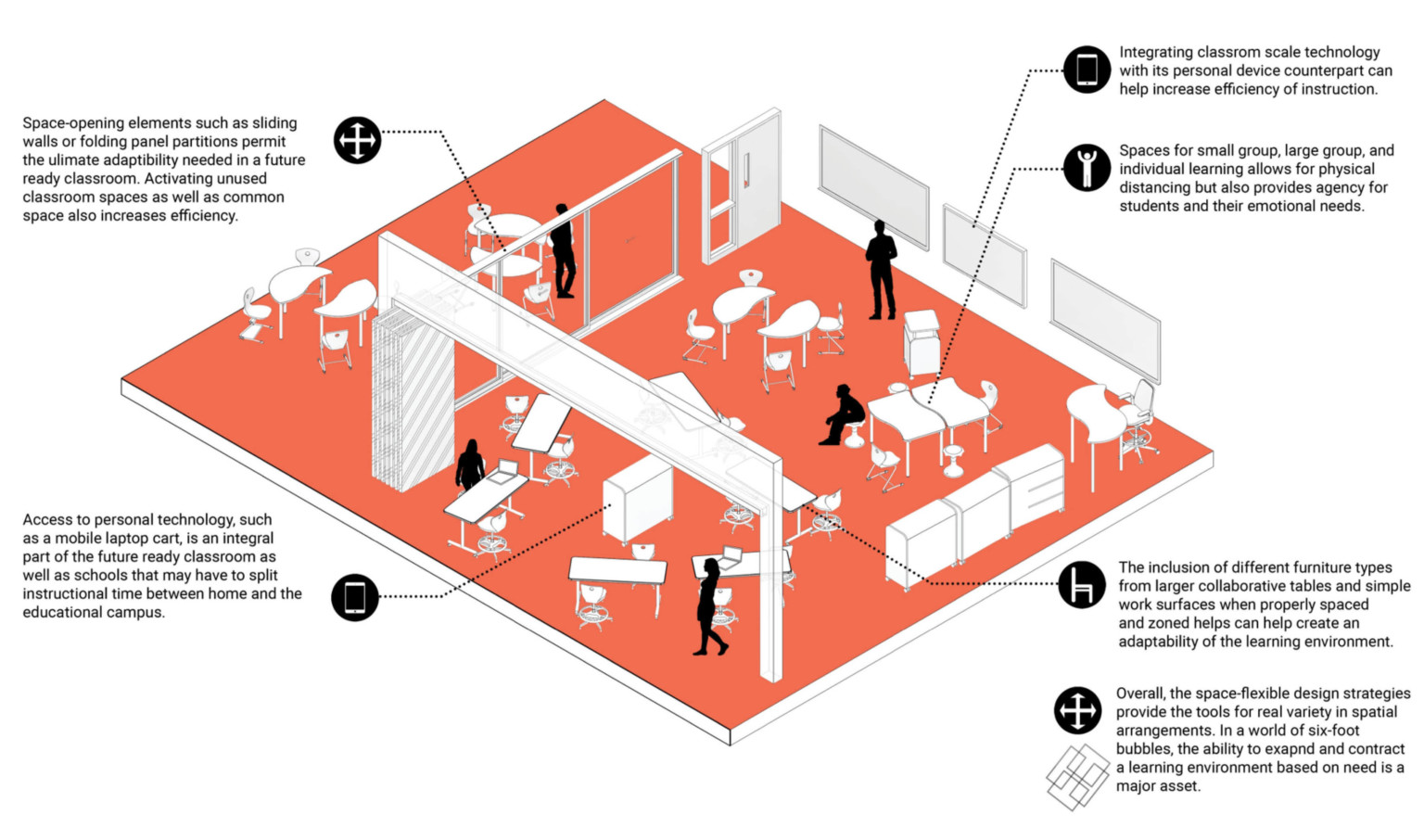
Health and Wellness
Cohorts in the classroom support the social and emotional health of children and educators, plus the creative arrangement of student desks and workstations fosters a sense of belonging and community. Spaces for small group, large group, and individual learning allow for physical distancing, but also provide agency for students and their emotional needs.
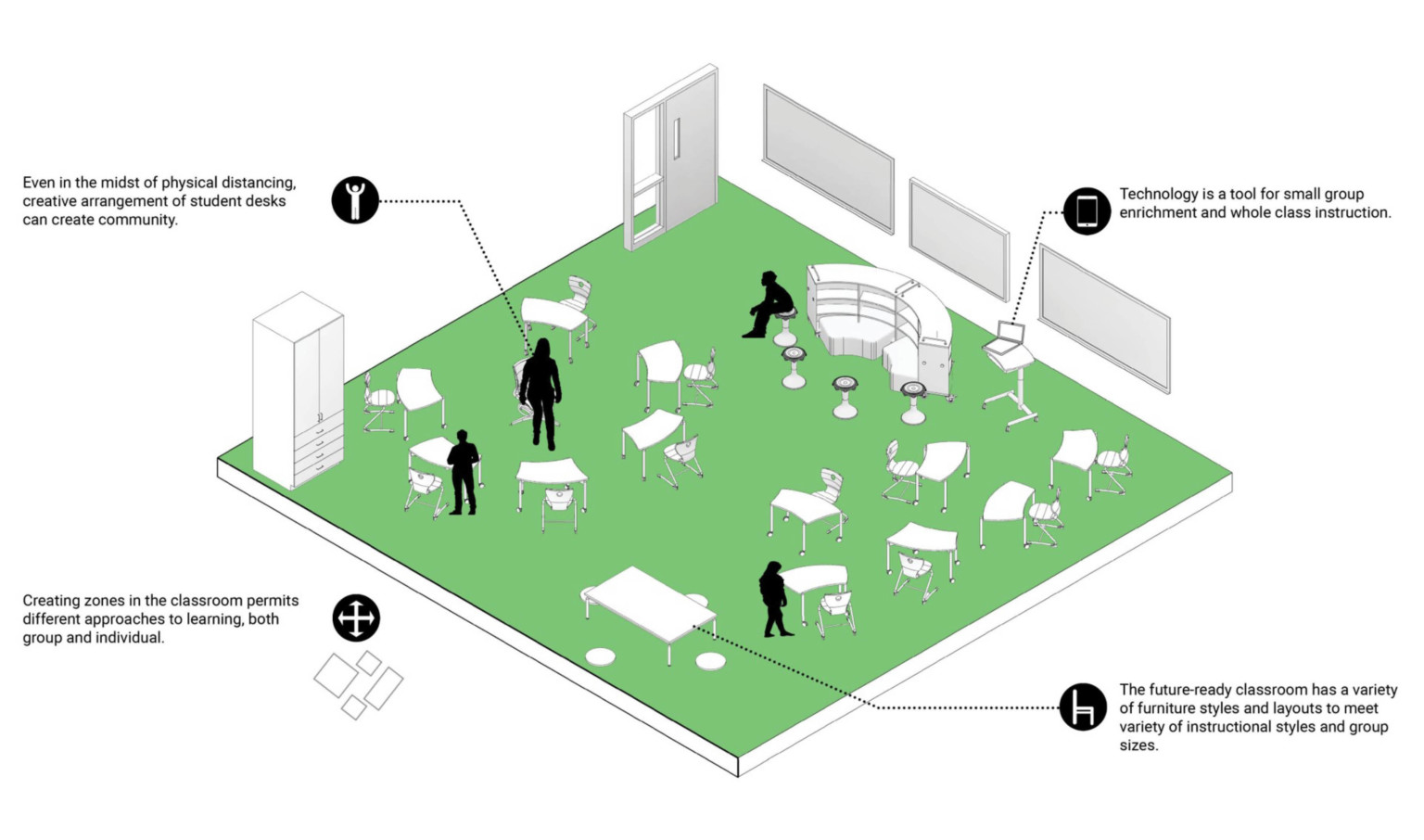
While the recommendations noted above are short-term options for this school year, they also support future-ready learning to keep moving students forward in their educational journey.
Learn more about the findings of our K-12 Engagement Survey.
This narrative was completed as part of the Rethinking K-12 Education research project and co-authored by Shelly Engels Yancy.

